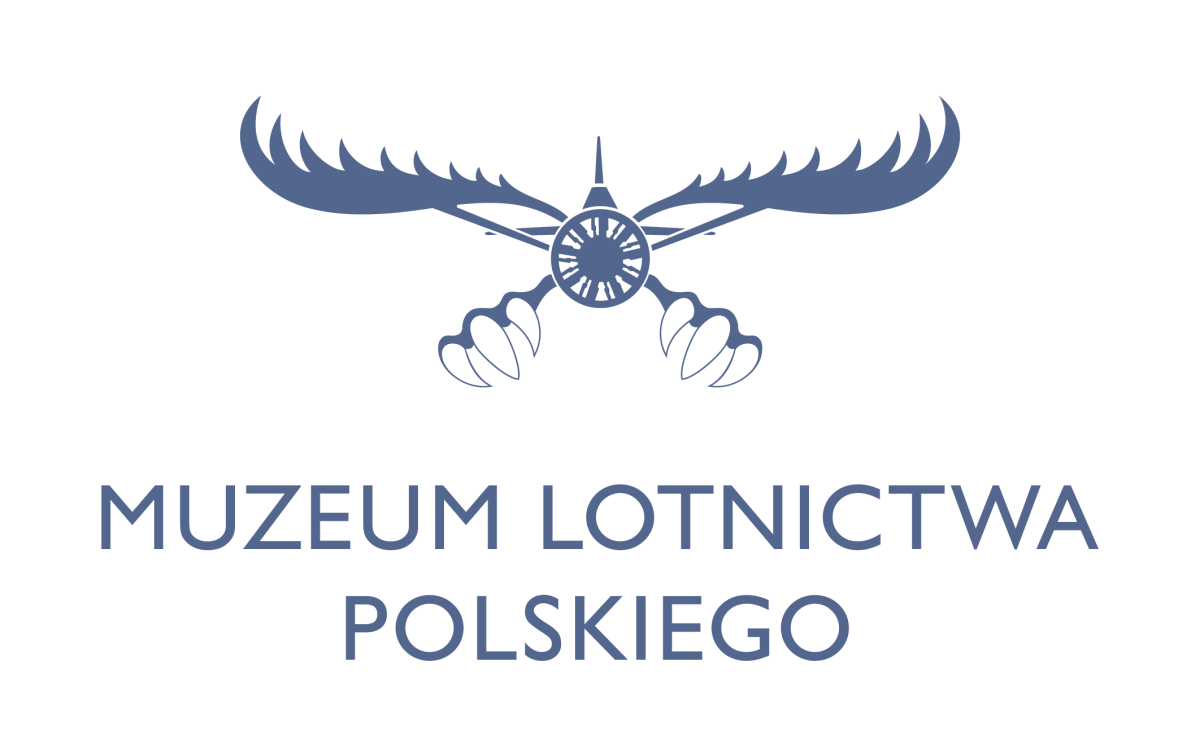
The use of large-scale 3D printing for reconstruction of the historical airplane.
- Analysis
- Research
- Implementation
A few words about the project
The Caudron CR. 714 plane is one of the two preserved machines of this type in the world. The exhibit has been stored in the hangar near Lahti for decades, while since 2015 it belongs to the collection of the Polish Aviation Museum in Krakow where modernization works are underway.
Cooperation with the Polish Aviation Museum was born when planning the trade fair exhibition, where on a joint project we could support the reconstruction project and show our Clients an eye-catching use of 3D printing technology.
The task was to use the 3D printing in the FDM (FFF) technology, on a renovation of a body of the plane. We made it our goal to reconstruct a full body of Caudron, so each visitor of the museum could see the exhibit in full splendor, just like in its glory days.
Who was our client?
The Polish Aviation Museum in Cracow is an institution which collects, preserves and reveals the exhibits related to the aviation history and its evolution. The Museum was founded in 1964 and and is located in the area of the former Rakowice-Czyżyny airport Rakowice-Czyżyny, one of the oldest airports of this type in the world. It has over 200 exhibits from both county and abroad in its collection.

Our challenge
The project included reconstruction of destroyed or lost over the years components to the over 80-year-old museum exhibit. We undertook the printing of elements such as: propellers, hub, propeller hubcap, engine housing, and other structural components.
As part of the project, we performed the following works:
- Determining parameters of the 3D printing to obtain required properties
- Selection of materials for the parts production
- Adaptations of models to software requirements
- Preparation of printouts for implementation in a historic model (cleaning of supports, grinding)
- Consultation and advisory on the further stages of processing and assembly
Our solution
The airline industry is a very demanding industry area due to the large sizes of individual components. That is why we used our large-size ATMAT Saturn and Jupiter printers to implement the project.
Our specialists have proposed the optimal technology to produce lost or completely damaged aircraft components. Based on the 3D model, we have prepared individual parts for printing, taking into account the possibilities of subsequent assembly. The use of traditional methods for the reconstruction of an 80-year-old machine was either impossible or very expensive, while 3D printing technology allowed for the rapid production of parts with difficult geometry in a relatively short time and with limited resources.
What was achieved??
01
Reconstruction of the full body of one of the two preserved models of the airplane
02
An accurate reproduction of elements with difficult geometry and non-standard structure
03
Acceleration of the aircraft reconstruction time compared to traditional methods
04
Presentation of the exhibit in its full form during the 3D Printing Days trade fair in Kielce, Poland
What does the Client say about us?
The exhibit was incomplete. The front of the plane along with the engine and propeller did not survive the war. Reconstruction of the missing elements using traditional methods would be extremely hard - only few technical drawings have survived to this day, and e.g. restoration of metal components of the nose of the airplane would require specialist molds for their casting to be created anew.
Jakub Link - Lenczowski
at the Museum Inventory Department
